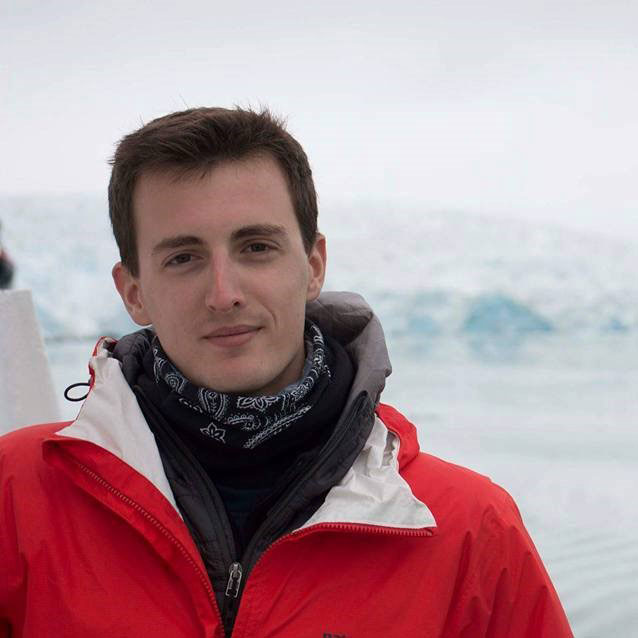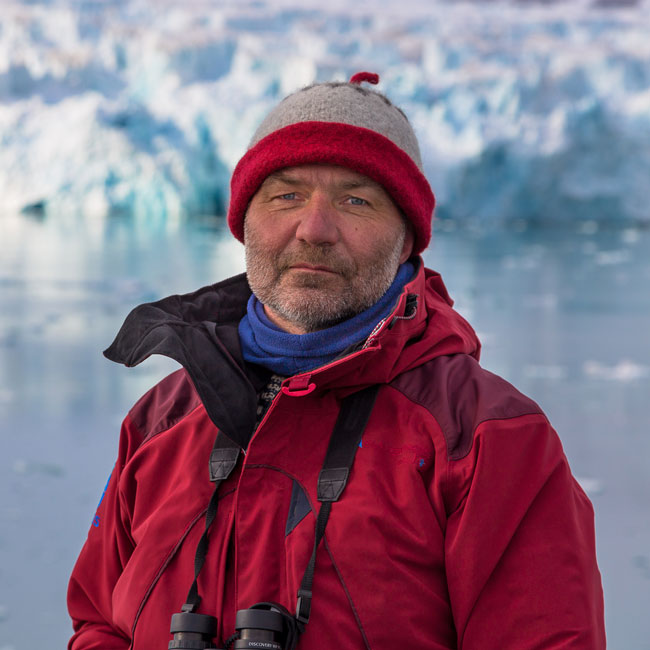Loss of pelagic fish and zooplankton density associated with subglacial upwelling in high Arctic estuaries may be mitigated by benthic habitat expansion following tidewater glacier retreat
[Published 23 January 2025]
Scientific Publications
Abstract
Glacier fronts are hotspots of pelagic productivity due to upwelling of nutrient-rich water. As tidewater glaciers retreat into land, this subglacial circulation will disappear and sedimentation from terrestrial runoff will increase, leading to a decrease in pelagic productivity with a decline in the abundance of fish and zooplankton. We used Billefjorden, a high Arctic fjord with a glacier recently transitioned from sea- to land-terminating as a case study to identify spatial differences and small-scale environmental drivers of density and vertical distribution of fish and zooplankton along a gradient of glacier retreat (directly in front of the land-terminating glacier front, a river bay with terrestrial input from land-terminating glaciers further inland and a location with minimal glacial input). We developed a sustainable and efficient protocol to safely sample the glacier front and shallow coastal areas using hydroacoustics and a remote autonomous vehicle combined with oceanographic measurements and baited remote cameras. Over 2 years, pelagic density was lowest at the now land-terminating glacier front and highest at the site with lowest terrestrial input. Temperature, depth, and turbidity explained less than 8% of the variation each. The site with the least glacial input had the most heterogenous bottom habitat due to the presence of kelp forests, and the richer demersal habitat likely contributed to the higher pelagic density. In shallow fjords and areas with hard bottom substrate, it is expected that sea-ice and glacial retreat will promote macroalgal settlement, and we suggest that macroalgal expansion may compensate the loss of tidewater glacier-associated density of fish and zooplankton by the increase of benthic-driven density. Arctic pelagic ecosystems could thus be more resilient to glacier retreat than initially thought, but this is highly dependent on fjord topography, sedimentation rate, and substrate type. Our developed protocol is an efficient non-invasive method to survey shallow coastal areas and glacier fronts in the Arctic.
FACE-IT Scientists:
Víctor GONZÁLEZ TRIGINER
University Centre in Svalbard (UNIS), Longyearbyen, Norway
Victor’s FACE-IT Projects
Role in FACE-IT:
• PhD student "Biodiversity Changes"
• PhD student "Ecosystem Function Changes"
ARUNIMA SEN
University Centre in Svalbard (UNIS), Longyearbyen, Norway
Nord University, Bodø, Norway
ResearchGate
Role in FACE-IT:
• Researcher "Identify Key Drivers and Data Management"
• Researcher "Biodiversity Changes"
• Researcher "Ecosystem Function Changes"



